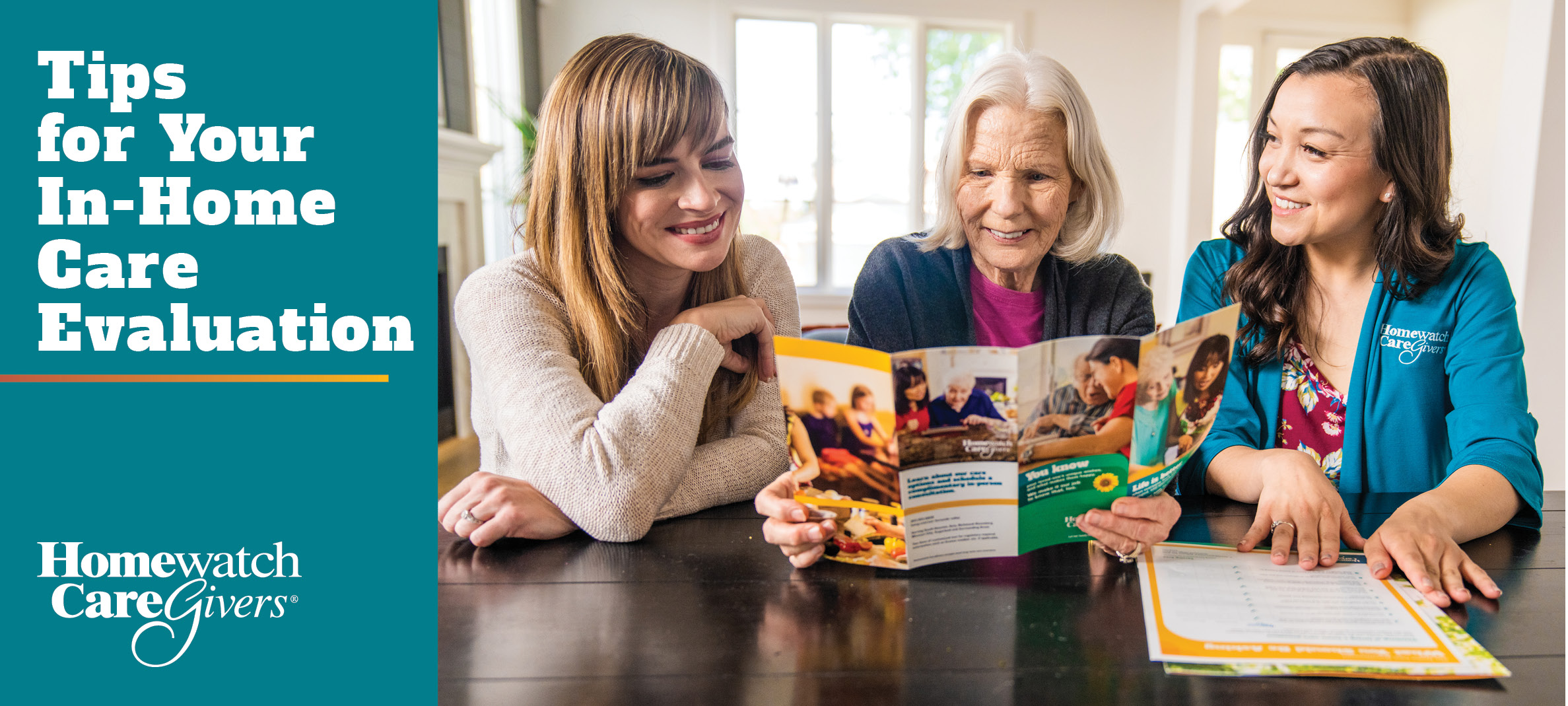In-home care is different for every individual and that’s why care starts with an in-home care evaluation. This is not about judging or scaring anyone, but determining how much care is needed, what payor resources are available, the frequency and duration of care, and which caregiver on the team will be best matched with each client.
Money Matters
One of the first concerns that many people have when considering senior care is the cost. Talk with your family about any insurance policies for long-term care insurance, life insurance policies, and other benefits that might cover some part of the cost of hiring a caregiver. While in-home care is typically private pay—that is, services are not covered by traditional medical insurance or Medicaid—there are other ways to pay for the services. For example, long-term care insurance or veterans’ benefits can offset out-of-pocket expenses.
Take a look here for more detailed information about paying for in-home care for yourself or a loved one, and then share your questions and resources with the home care agency during your evaluation.
Getting to Know You
Inviting strangers into the home to help with what can feel like intimate moments, such as bathing, is not easy at first. The evaluation is a time to talk openly about these concerns and preferences—maybe someone only likes to shower in the morning, or they prefer certain bath salts, or they need their slippers—so that the caregiver can be prepared.
Caregivers can be trained in specific types of care, such as assisting someone who is living with dementia. There can be detailed physical needs depending on the condition or illness and the more information that is shared, the better chance of a caregiver match with a client.
This is also an opportunity for the caregiver and the home care agency team to get to know the family of someone who needs care. There may be multiple family members involved in supporting an elder, and a schedule to work on together.
In order to develop person-centered care that will ideally eliminate loneliness, helplessness and boredom, the caregiver needs to know who this individual is, what brings them joy and fulfillment. Capturing an accurate social history during the evaluation is critical to success.
In being told of the current status of symptoms and concerns, a caregiver can be on the lookout for improvements or changing signs of illness.
This is also the time to review Client Rights, the frequency of Quality Assurance visits, and set expectations with the client and their family about what home care is and does. It’s important for clients to know that their privacy is protected and this is discussed too.
Careful There
How can home care help prevent falls? A most important part of the evaluation is the safety check—the home, whether it is a privately-owned detached home with a yard or a room in an assisted-living facility—should be safe for the person who lives there, their caregiver and others who routinely visit or spend time there. Remember that the safer the home, the longer someone can remain there living independently.
A quality safety evaluation includes a falls risk assessment. While this is done during the initial visit, it can and should be reviewed after a fall, when there is a change in medication, before and after a surgery, and if there are any changes in the well-being of the person receiving care in the home.
Ultimately, everyone has the same goal: to support the individual who, due to age or illness, needs support to live as independently as they still desire and are able. An in-home evaluation by a licensed home care agency can be the first step in improving the quality of life for someone.
To schedule an in-home evaluation, contact us today.





